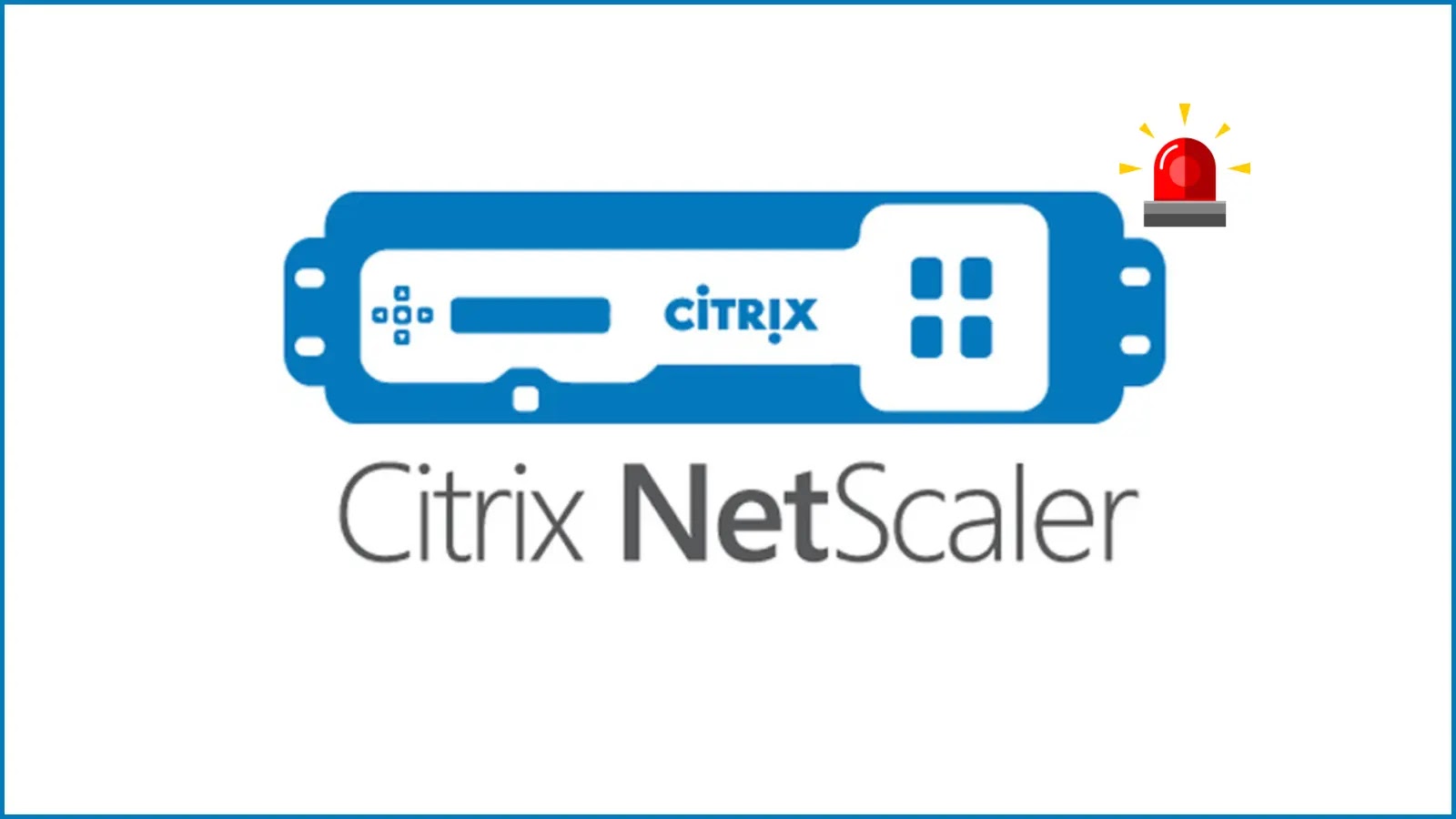Payroll Pirates: The Covert Network Hijacking Payroll Systems Across the U.S.
In the ever-evolving landscape of cyber threats, a clandestine network known as Payroll Pirates has been orchestrating a series of sophisticated attacks on payroll systems, credit unions, and trading platforms throughout the United States since mid-2023. Employing deceptive advertising tactics, this financially motivated group has successfully infiltrated over 200 platforms, compromising the credentials of more than 500,000 users.
The Modus Operandi: Malvertising and Phishing
The Payroll Pirates’ primary strategy involves malvertising—a technique where malicious advertisements are placed on search engines to lure unsuspecting users. When employees search for their company’s HR portal, they encounter these fraudulent ads prominently displayed in the search results. Clicking on these ads redirects them to meticulously crafted phishing websites that mirror legitimate payroll login pages. Once users input their credentials, the information is clandestinely transmitted to the attackers, who then reroute salary payments to their own accounts.
Discovery and Evolution of the Campaign
In May 2023, security researchers from Check Point identified this nefarious network after observing multiple phishing sites imitating payroll platforms. The investigation revealed a collaborative effort among various criminal groups, each operating distinct domains and data collection methods but sharing common attack tools and techniques.
By November 2023, the attacks subsided temporarily, only to resurface in June 2024 with enhanced capabilities. The revamped phishing pages incorporated real-time interaction features, utilizing Telegram bots to communicate directly with victims. This advancement enabled the attackers to circumvent two-factor authentication by prompting users for verification codes or security questions in real-time.
Advanced Evasion Techniques
To evade detection, the Payroll Pirates implemented sophisticated backend scripts with innocuous names such as xxx.php, check.php, and analytics.php. These scripts discreetly transmitted stolen data, making it challenging for security systems to identify and block malicious activities. The phishing kits were designed to dynamically adapt to the security measures of targeted platforms, loading appropriate forms based on the authentication requirements of each legitimate website.
Real-Time Credential Theft Mechanism
A particularly alarming aspect of this operation is the attackers’ ability to bypass security measures through real-time credential theft. Upon a victim’s interaction with the counterfeit login page, their credentials are instantly relayed to the operators via a Telegram bot. This bot serves as the central command hub, managing two-factor authentication requests across various targets, including credit unions, payroll systems, healthcare benefits portals, and trading platforms.
The bot promptly notifies operators, who then engage with victims by requesting one-time codes and security answers in real-time. This swift interaction, occurring within seconds, leaves victims unaware of the breach until it is too late.
Implications and Recommendations
The emergence of the Payroll Pirates underscores the critical need for organizations to bolster their cybersecurity defenses. Employees should be educated on the risks of malvertising and trained to recognize phishing attempts. Implementing multi-factor authentication, monitoring for unusual login activities, and regularly updating security protocols are essential steps in mitigating such threats.
As cybercriminals continue to refine their tactics, staying vigilant and proactive is paramount in safeguarding sensitive information and financial assets.



